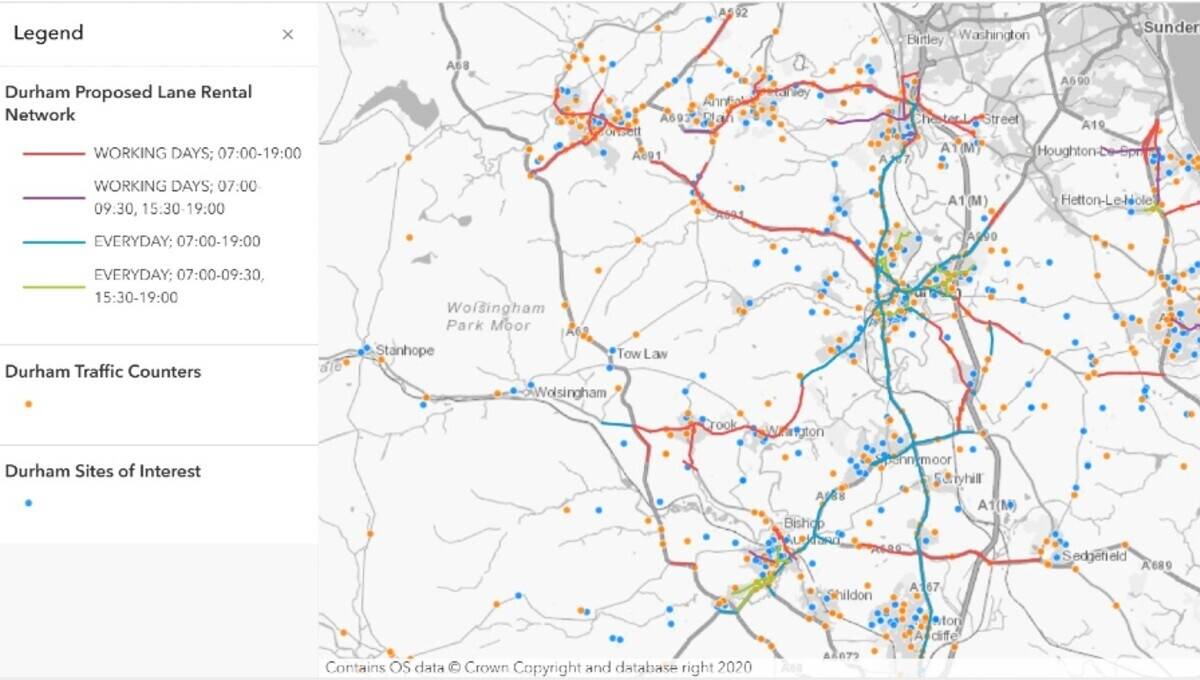Potholes are a blight to many road and footpath users.
With winter here, the situation is set to get worse unless there is a change in funding or to the way local authorities manage their highway maintance. Kent County Council has embarked on a comprehensive overhaul of its highway safety inspection process to improve service delivery in repair of road defects.
The council has developed a system to reduce the occurrence of potholes and footway defects, and to find and fix swiftly those which do occur, with fewer Highway Inspectors and lower compensation claims.
Citizen safety has been a key driver in the project. Surveys consistently show that prevention and quick repair of potholes and trip hazards is a top priority, as further confirmed by views of elected representatives, media and call centre records.
Kent inspects and maintains over 8,500 km of highway and 6,000 km of footway. Efficencies of route optimisation, speedy communication using mobile technology, and integrated data have paid big dividends, with the added benefit to the safety, wellbeing and satisfaction of citizens. As a result of the overhaul;
The problems caused by potholes and footway defects range from burst tyres and damaged vehicle suspension to broken bones â and consequent compensation claims. To some degree the types of carriageway defects that can turn into potholes may be identified and repaired at an early stage to prevent potholes forming; and some footway defects are detectable before the height difference between paving slabs grows into a trip hazard. Early detection is an expert job undertaken by Highway Inspectors.
The challenge for Kent was to enable fewer Inspectors to carry out more inspections, to react quickly to reports of problems, and to administer works orders more swiftly so that repairs are completed sooner. By integrating databases of information held by the council it was possible to construct a completely new inspection structure.
Routes are now continously maintained with information fed seamlessly to the works management system which holds defects and where inspection histories are recorded. Inspectors are equipped with mobile devices - improving access to data and the ability to receive citizen reports from the call centre. They are able to respond quickly by fitting these new calls into planned inspections, and to record findings and defects. By using a web based system the inspectors can identify routes to record histories and new defects.
Inspectors have the means and authority to generate works orders in the field, which are transmitted directly to Kent's road works contractors so that repairs can be completed as soon as possible, removing actual and potential hazards to citizens with maximun speed. This has resulted in a system which continuously maintains the network to its best possible standard, whilst also saving money.
The council has developed a system to reduce the occurrence of potholes and footway defects, and to find and fix swiftly those which do occur, with fewer Highway Inspectors and lower compensation claims.
Citizen safety has been a key driver in the project. Surveys consistently show that prevention and quick repair of potholes and trip hazards is a top priority, as further confirmed by views of elected representatives, media and call centre records.
Kent inspects and maintains over 8,500 km of highway and 6,000 km of footway. Efficencies of route optimisation, speedy communication using mobile technology, and integrated data have paid big dividends, with the added benefit to the safety, wellbeing and satisfaction of citizens. As a result of the overhaul;
- compensation claims are down around 35%
- repair orders are down 36%
- the number of Highway Inspectors reduced from 40 to 12
- the estimated cost savings are in the region of £5 million by end of next fiscal year
The problems caused by potholes and footway defects range from burst tyres and damaged vehicle suspension to broken bones â and consequent compensation claims. To some degree the types of carriageway defects that can turn into potholes may be identified and repaired at an early stage to prevent potholes forming; and some footway defects are detectable before the height difference between paving slabs grows into a trip hazard. Early detection is an expert job undertaken by Highway Inspectors.
The challenge for Kent was to enable fewer Inspectors to carry out more inspections, to react quickly to reports of problems, and to administer works orders more swiftly so that repairs are completed sooner. By integrating databases of information held by the council it was possible to construct a completely new inspection structure.
Routes are now continously maintained with information fed seamlessly to the works management system which holds defects and where inspection histories are recorded. Inspectors are equipped with mobile devices - improving access to data and the ability to receive citizen reports from the call centre. They are able to respond quickly by fitting these new calls into planned inspections, and to record findings and defects. By using a web based system the inspectors can identify routes to record histories and new defects.
Inspectors have the means and authority to generate works orders in the field, which are transmitted directly to Kent's road works contractors so that repairs can be completed as soon as possible, removing actual and potential hazards to citizens with maximun speed. This has resulted in a system which continuously maintains the network to its best possible standard, whilst also saving money.



